Blog Article: Makerspaces
Friday, 27 March 2020
Share this article:
Why make space for a Makerspace?
We’ve all been told that having a routine is helpful for being stuck at home – dividing the day into chunks of time helps us manage it. Study, eat, exercise, screen time and play are all really important to include, but being confined inside our homes means play isn’t always as great as it could be. Taking a lead from the makerspace movement might just be the best way to help our kids play with a real focus – and learn a bunch of new skills whilst they are at it.
The ‘Maker Movement’ is about using different materials and tools to tinker, build, engineer and solve problems. Children are naturally curious and are natural builders. Do you remember junk modelling? The maker movement took these ideas and asked a bunch more questions about how things work and what we can do with them. The result is we have a much better understanding of how to make making educationally successful and way, way more fun!
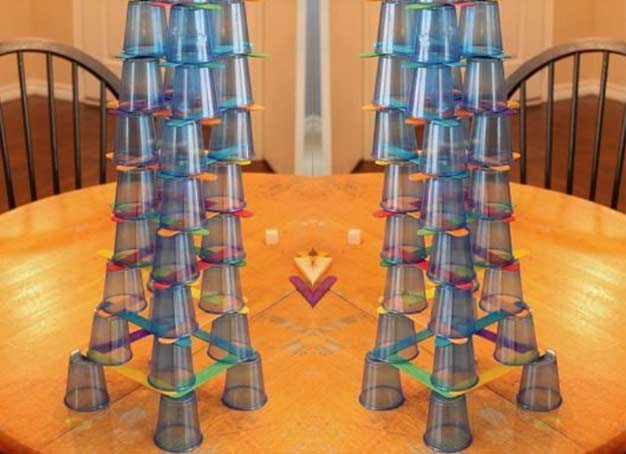
Where – tips on setting up space at home for this
Choose a space that can be left undisturbed for a good length of time. If you can’t spare a table, a corner on the floor is fine. If you are worried about mess then lay down a cover, a large plastic bag or bin liner cut open works very well. Expect a bit of mess. Experimentation is where the learning happens – remember Thomas Edison said, I haven’t failed – I’ve just found ten thousand ways that didn’t work!
What – kinds of items you will need
Depending on the age of your child, you can do a lot with quite basic materials. With young ones you don’t want to put out all the materials at once – just what you need for that session. Older children naturally like to include more technology and lots of makerspaces use circuitry, robotics, coding and iPads.
Indeed, technology can be an important aspect of makerspace areas. Nado Chelala, the school’s design, technology, coding and robotics teacher for the Upper School, is also involved in ensuring students are being provided with opportunities to be creative whilst at home during this time. If you are an Upper School student, look out for challenges/projects coming from her in the coming weeks and take the time now to get yourself set up at home so you are ready.
Whilst we are stuck at home, we’re going to give you a list of very basic equipment that you can find around the house – or on a weekly trip to the supermarket. Or, if you just want to try one project, take a look at the materials list for that project specifically.
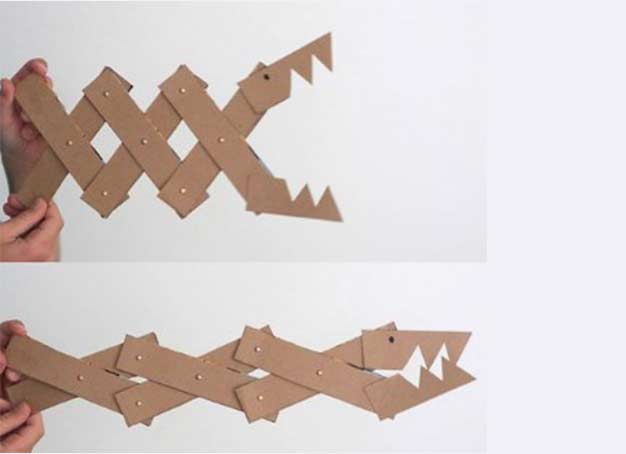
Items to collect:
(Start collecting now so you have a selection of materials to join in with the challenges in the upcoming weeks)
Cardboard, empty packets
Cardboard tubes, empty cartons
Scrap paper
Different kinds of tape
Elastic bands
Paper clips, pipe cleaners
Split pins, wire bread ties, straws
Wooden skewers, cocktail sticks
Bottle tops, jar lids
Empty bottles
Balloons, Beads
String
Plastic or paper cups
Paper plates
Plasticine or playdough
Lolly sticks, cocktail sticks
Aluminium foil
Old fabric and other packaging
Spaghetti and tape
Tools
Scissors (and craft knife + cutting board if age appropriate)
Markers, pens, paints
Hole-punch
Glue (exploring attachment methods is cool)
Glue gun (if you have one can be very useful)
Needles and thread for sewing
Children construction sets
Dominoes
Building blocks
Lego
Magnets
Construction flakes
Balls, toy figures
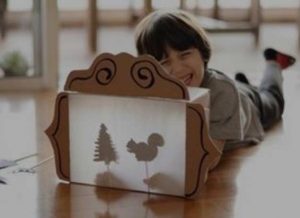
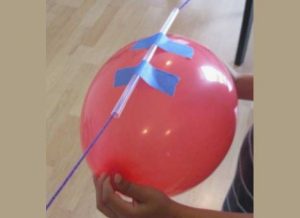
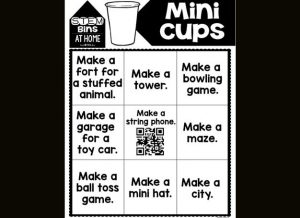
How – Do I just let them play?
Children need to explore and tinker to learn techniques, sometimes you just want to let them explore materials freely – like a pack of plastic cups – and what they can make from it. Depending on what they are doing, your intervention might be needed. Sometimes you can give a specific challenge to engineer and discover how a material and structure works, bridge building is a great example of this. Really structured projects have a specific product such as a game or a model but there’s still a lot of experimentation with materials and techniques along the way.
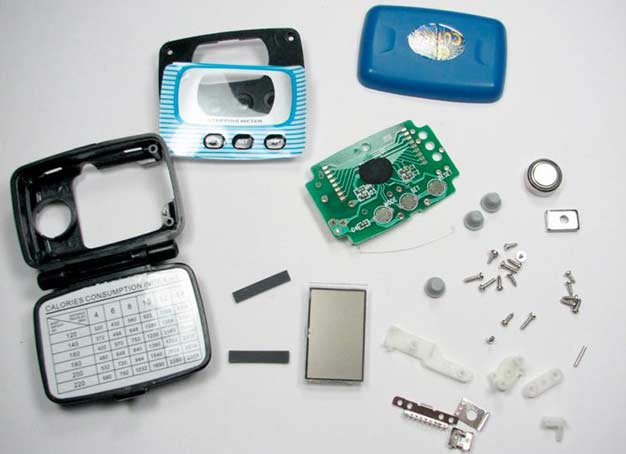
Look out for upcoming challenges!
As suggested above, with Ms Nado providing challenges for Upper School students, challenges or projects are also going to be set for Lower School students. The plan is to set a new one every week, with it being launched each Monday for that week. Possible challenges could include: Building a powered car, making a catapult, constructing a marble run, building a tall tower etc. Look out for the launch of each challenge on social media.
Fantasy builds for younger students with any material:
Treehouse
Rainbow
Spaceship
Playground for a small toy
A den for a small animal
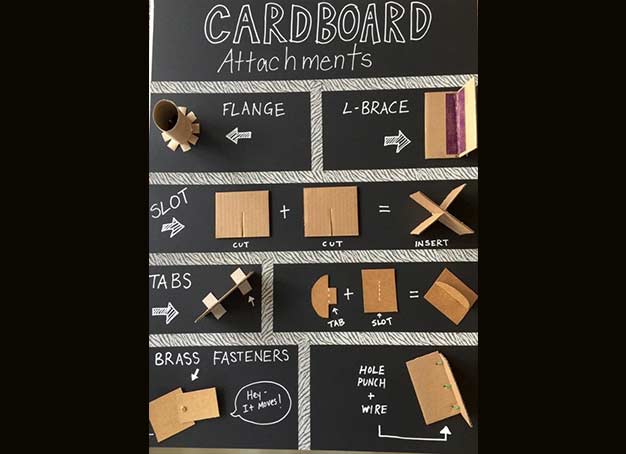
Further exploration:
To look into this topic in more detail, please view the following websites:
https://teach.com/blog/maker-education-projects/
https://crazyeasystem.com/wp-content/uploads/2020/01/FREE-STEM-Challenge-Task-Cards.pdf
https://teachoutsidethebox.com/
https://www.naeyc.org/our-work/families/creating-makerspace-at-home
Authour: Tara Walker, Lower Elementary Librarian




